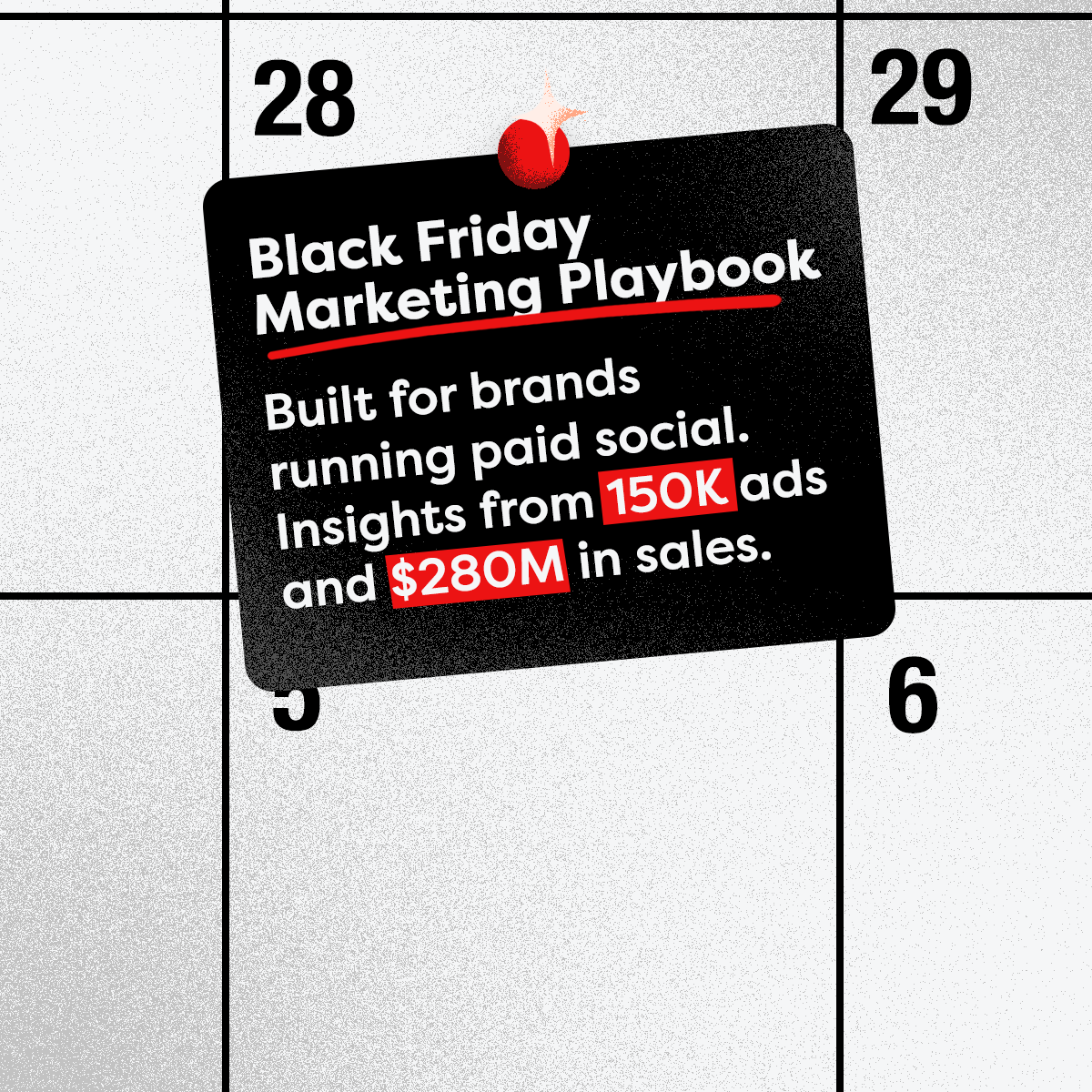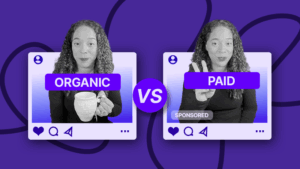UGC Rates in 2025: What Brands Actually Pay (and Why It Varies)
I lead the paid marketing team at Billo, focusing on performance, testing, and growth that scales.Over the past 6 years, I’ve worked across digital marketing - from running campaigns to building the strategies and systems behind them.What drives me is problem-solving. I like turning complex questions into simple, testable answers, and making decisions that actually drive impact.

Sticker shock around UGC rates usually comes from treating creator work like “pay‑for‑reach.” In practice, UGC video rates behave like production costs that flex with format, edit depth, and licensing. 2025 market data shows price bands clustering around per‑asset baselines and rising with usage and creator‑handle amplification.
This guide anchors decisions in trusted sources and pinpoints the levers that actually move the number – rights, revisions, turnaround, and complexity. This way you can scope smarter, negotiate cleaner, and protect performance budgets.
You’ll also see where follower count matters (only when posting), how platforms vs. direct deals affect workflow, and practical ways to bundle, license, and negotiate.
TL;DR:
- Common UGC rates cluster around ~$200 per short video.
- Biggest levers: licensing, allowlisting, revisions, turnaround, complexity.
- UGC video rates rise with usage; follower count only if posting.
- Platforms add workflow, escrow; direct deals optimize UGC content creator rates.
- For UGC rates for beginners, expect $50 – $100 before licensing.
UGC Rates: Benchmarks, Creator Levels & Licensing Impact
In 2025, the conversation around UGC rates starts with a simple baseline: most short‑form assets hover around the ~$200 mark. Recent pricing data pegs average UGC pieces near ~$198.
But not all creators charge alike. According to the UGC101’s pricing guide:
- Entry‑level talent, often producing simple verticals with minimal editing, typically falls in the $50 – $100 per video range.
- Mid‑level creators, who bring stronger production value or niche expertise, move into the $150 – $500 bracket.
- At the top end, established creators, those with proven track records, advanced editing skills, or deeper scripting ability, command $500+ before licensing.
Where things get really interesting is licensing. Usage rights, allowlisting, and paid media activation can easily double or triple costs. Collabstr’s 2025 dataset highlights rights as one of the most significant cost drivers, while Meta’s Partnership Ads explain why access to a creator’s handle for whitelisted ads carries such a premium.
A $200 base asset can quickly climb once a brand adds six months of global usage or handle rights for paid campaigns. Treat ~$200 as the production anchor, then layer on creator tier and rights. Beginner, mid‑level, or established status shapes the base, but it’s licensing that dictates how far the final number runs. Budgeting this way ensures UGC content creator rates reflect both the craft of production and the power of distribution.
What Actually Moves UGC Rates
Once you’ve anchored on a baseline, the real drivers of UGC rates become clear: production quality, platform context, and industry requirements.
Skill and production complexity are obvious multipliers. Higher production value, such as detailed scriptwriting, advanced transitions, or polished edits, adds time and expertise that push rates beyond the ~$200 norm. Rush fees and multiple revisions layer on additional costs, especially when timelines are tight.
Platform and format also shape expectations. Collabstr’s 2025 report pegs creator‑posted collaborations at IG ≈ $364, TikTok ≈ $350, YouTube ≈ $675, underscoring why deliverables‑only UGC is usually priced lower.
Industry and niche add another layer. In regulated categories like health and finance, compliance requires stricter disclosures. The FTC’s 2023 Endorsement Guides remind brands that if creators also post, disclosure rules apply. At the same time, many marketers run portfolio tests, working with six to ten creators in parallel to scale learning.
So, the baseline may start at $200, but production choices, platform context, and compliance rules are what actually move the price.

Prepare For Black Friday With Ease
Follower Count vs. Content Value
A common misconception is that UGC rates should scale with follower count. In reality, follower numbers only matter if the creator is also posting the content. When brands hire creators for deliverables‑only UGC, the true value lies in producing on‑brand assets that can be licensed and amplified in paid ads. When deliverables are the product, reach is optional.
For more context on the skillsets that drive UGC outcomes, see this guide on social media content creators.
This changes if the creator is also posting. Data from CreatorsJet covering 12,000+ campaigns shows clear rate comparators by follower tier and platform. Buying posting plus UGC means paying for both deliverables and reach – useful when planning organic + paid synergy. Many B2C brands spread this risk by activating 6 – 10 creators at once, testing small bets rather than investing in a single influencer.
If you’re buying deliverables only, don’t overpay for follower counts. If you’re buying posting too, use platform benchmarks to keep costs realistic and scale through volume testing.
Hiring Models: Direct vs. Service/Platform
Choosing how to source creators is just as important as deciding what to pay them. Direct deals give brands the flexibility to negotiate fees, build closer relationships, and sometimes lower costs by cutting out middle layers. But they also place the burden of contracts, payment, and quality control on the brand. Without strong processes, this can mean more risk and more time spent managing the workflow.
Platforms and managed services, by contrast, bring structure. G2’s category overview notes that these tools centralize discovery, briefs, approvals, payments, and analytics – helpful at scale when you’re working with dozens of creators. Meta’s Partnership Ads enable account‑level relationships so brands can run ads directly from creator handles, but this requires clear fee alignment and licensing agreements. While Billo’s performance hub handles the whole process from brief creation and creator matching to ad iterations and improvements based on the freshest industry data.

For brands, the choice depends on scale and priorities. DIY works best for small, high‑trust partnerships. Platforms or managed services pay off when scaling campaigns or when operational efficiency is more valuable than squeezing every dollar out of creator fees.
Budgeting & Negotiation
Even with clear benchmarks, many brands overpay (or under‑scope) because they don’t package and negotiate UGC the right way. Smart budgeting starts with bundles that stretch UGC rates budgets. Instead of commissioning a single video, build packages: three 9:16 cuts, alternate hooks, or raw footage for repurposing.
Usage and licensing deserve careful handling too. Full buyouts mean you can use the footage forever, but this means the price tag will be a little higher. For teams on a striker budget, time‑boxed usage – 30, 60, or 90 days, may be a more attractive option. This, however, requires closer monitoring to ensure you do not keep using or extend the usage of footage once the time runs out.
Finally, contracts and payment structure protect both sides. The brands know what they can expect and are have clear deliverable dates, while creators are ensured to receive payouts on schedule and cannot be intimidated to produce out of scope work.
For brands, the most effective negotiations come from clarity: know your bundle, define rights, and lock structure into contracts. That’s how you turn average UGC rates into sustainable, performance‑driven investments.
UGC Rates Summary
Anchor UGC rates around ~$200 per short asset, then price rights, revisions, turnaround, and complexity on top. Follower count only moves the number when you buy posting, otherwise, value comes from licensable assets you can scale in ads.
Choose sourcing based on scale and risk: direct for flexibility, platforms/managed services for speed, safeguards, and allowlisting workflows. Bundle cuts and hooks, time‑box usage, and escrow milestones to protect budgets.
If you prefer a managed way to source and scale UGC, explore Billo creator database for your next collaboration.
FAQs
What are typical UGC rates in 2025?
Market data clusters around ~$200 per short‑form asset.
Do follower counts matter for deliverables‑only UGC?
Not usually. For deliverables without posting, brands pay for content quality and license to use in ads
How do licensing and allowlisting affect price?
Rights, time windows, and creator‑handle usage tend to be the biggest multipliers. Start with time‑boxed usage (30/60/90 days) and treat allowlisting as an add‑on fee structure.
Do compliance rules affect pricing?
Yes, particularly in regulated niches like health or finance. If the creator also posts, ensure proper disclosure per the FTC’s Endorsement Guides; the added compliance and review cycles can impact scope and cost.
Should we hire direct or through a platform/managed service?
Platforms centralize discovery, briefs, approvals, payments, and analytics and often include safeguards. Making it easier to source creators for your campaigns, but they also come with a higher price tag.
Paid Marketing Lead
I lead the paid marketing team at Billo, focusing on performance, testing, and growth that scales.Over the past 6 years, I’ve worked across digital marketing - from running campaigns to building the strategies and systems behind them.What drives me is problem-solving. I like turning complex questions into simple, testable answers, and making decisions that actually drive impact.

Authentic creator videos, powered by real performance data
22,000+ brands use Billo to turn UGC into high-ROAS video ads.
Common UGC Brief Mistakes Brands Still Make in...
A vague or overpacked brief derails campaigns before they start, [...]...
Read full articleOrganic UGC vs Paid UGC: How Top Brands Drive Gr...
More brands are turning to user-generated content (UGC) to fuel [...]...
Read full articleOrganic UGC: How to Turn Native Creator Posts in...
Short-form feeds spotlight content that feels natural, not like ads. [...]...
Read full article



